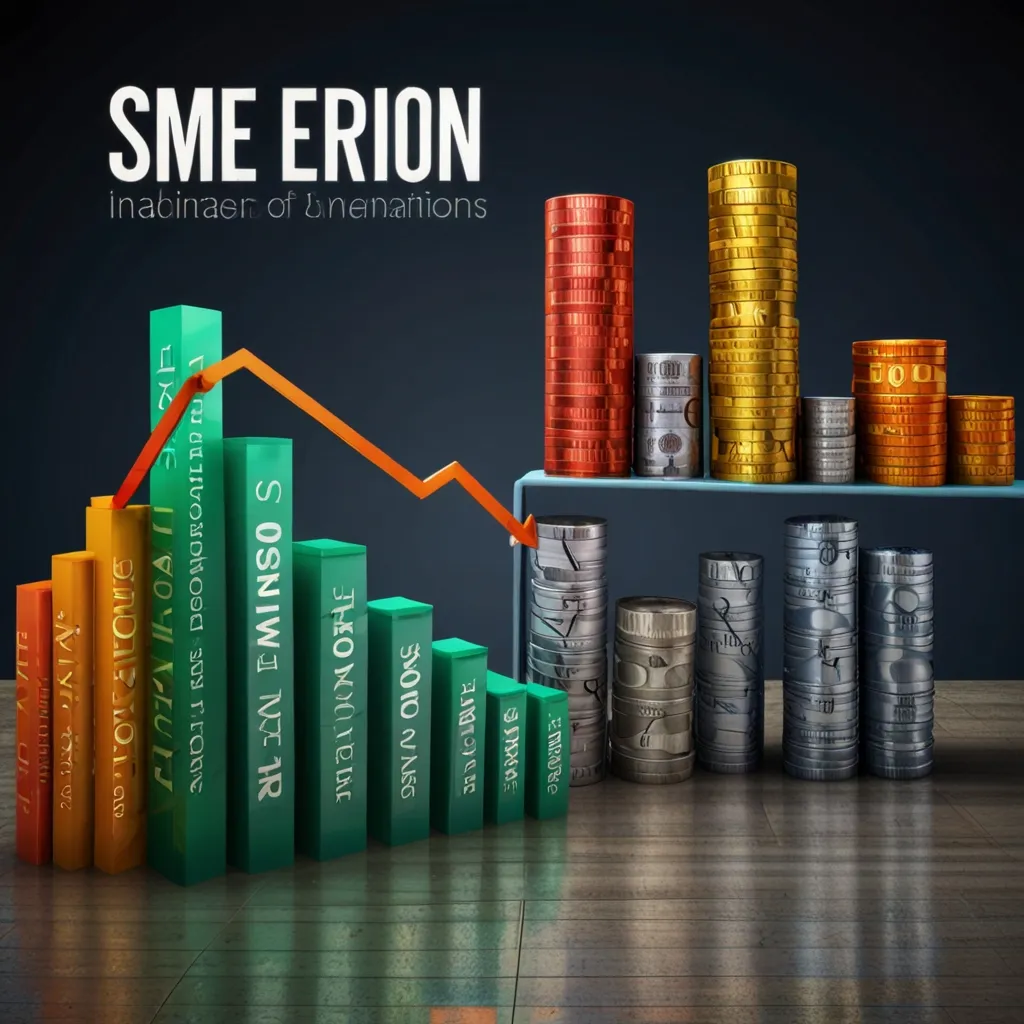As we navigate the complex and ever-evolving landscape of finance and investment, one area that has garnered significant attention in recent years is the carbon credit market. For those of us who are keen on making a positive impact on the environment while also seeking profitable investment opportunities, investing in carbon credits can be a compelling option.
Understanding Carbon Credits
To start, let’s break down what carbon credits are. Essentially, these are permits that allow the owner to emit a certain amount of carbon dioxide or other greenhouse gases. One credit typically represents the right to emit one ton of carbon dioxide or its equivalent. This system is based on the cap-and-trade model, which has been successfully used in the past to reduce sulfur pollution and is now being applied globally to combat climate change.
How Carbon Credits Work
In a cap-and-trade system, governments set emissions limits for specific industries such as oil and gas production, transportation, and large industrial facilities. Companies within these sectors are allocated a certain number of carbon credits, which they can trade among themselves. If a company exceeds its emissions limit, it must purchase additional credits from other companies that have surplus credits. This creates a market-based incentive for companies to reduce their emissions, as the cost of emitting greenhouse gases increases over time.
For instance, the European Union Emissions Trading System (EU ETS) is one of the largest and most established carbon markets. Here, companies can buy and sell carbon allowances, known as European Union Allowances (EUAs), to comply with their emissions caps. Similarly, in California, the Cap-and-Trade Program allows companies to trade California Carbon Allowances (CCAs).
Investing in Carbon Credits
So, how can you invest in carbon credits? There are several ways to do this, each offering different levels of exposure and risk.
One popular method is through exchange-traded funds (ETFs) that focus on carbon credits. For example, the KraneShares Global Carbon Strategy ETF (KRBN) provides broad exposure to various carbon allowance markets, including the EU ETS, California Cap-and-Trade, and the Regional Greenhouse Gas Initiative (RGGI). This ETF uses futures contracts to offer efficient trading and diversification benefits, as carbon credits tend to have low correlation with traditional asset classes.
If you prefer more targeted exposure, you can look into ETFs like the KraneShares California Carbon Allowance Strategy ETF (KCCA) or the KraneShares European Carbon Allowance Strategy ETF (KEUA). These funds allow you to focus on specific regional carbon markets, which can be particularly appealing if you have a strong conviction about the growth potential of these markets.
Why Invest in Carbon Credits?
Investing in carbon credits offers several unique advantages. First and foremost, it allows you to support the transition to a low-carbon economy, aligning your investments with your environmental values. From a financial perspective, carbon credits can provide portfolio diversification since their performance is not closely correlated with traditional assets like stocks or bonds.
Moreover, as governments tighten emission caps and global climate commitments become more stringent, the demand for carbon credits is likely to increase, driving up their prices. This makes carbon credits a potential hedge against inflation, as their prices have shown resilience during inflationary periods.
The Future Outlook
The future of the carbon credit market looks promising. With increasing global focus on reducing emissions, governments are implementing more robust climate policies. This includes the expansion of cap-and-trade systems to new regions and sectors, such as the emerging carbon markets in Latin America and the Caribbean.
Additionally, there are efforts to harmonize different carbon markets, which could lead to greater liquidity and efficiency in trading. The voluntary carbon market, though smaller, also has significant potential to drive billions of dollars into climate solutions over the coming decade.
High-Integrity Carbon Credits
When investing in carbon credits, it’s crucial to focus on high-integrity credits. These credits meet strict criteria such as permanence, additionality, and social impacts. For example, the Integrity Council for the Voluntary Carbon Market (ICVCM) and the Voluntary Carbon Markets Integrity Initiative (VCMI) provide guidelines to ensure that carbon credits are of high quality and do not carry significant reputational risks.
Companies that incorporate high-integrity carbon credits into their climate strategies tend to decarbonize faster and report lower gross emissions. This underscores the importance of using carbon credits as part of a comprehensive approach to reducing emissions, rather than as a standalone solution.
Creating and Selling Carbon Credits
For those interested in a more hands-on approach, creating carbon credits can be a profitable venture. This involves reducing greenhouse gas emissions through projects such as reforestation, wind turbine installations, or methane reduction initiatives. Each metric ton of carbon emission reduction or sequestration earns a carbon credit, which can then be sold on voluntary carbon marketplaces.
For instance, if you own a farm and can offset carbon emissions through sustainable practices, you can sell these credits to companies looking to offset their own emissions. The price of these credits can vary significantly based on demand and regulatory changes, but they generally range from $40 to $80 per metric ton of CO2 equivalent.
Personal and Corporate Impact
Investing in carbon credits is not just about financial returns; it’s also about making a tangible impact on the environment. Companies adopting net-zero targets are increasingly using carbon credits to offset their remaining emissions. This trend is driven by growing public and institutional pressure to address the climate crisis.
As an individual investor, you can contribute to this effort by supporting companies that prioritize high-integrity carbon credits and transparent climate action plans. By doing so, you’re not only diversifying your portfolio but also playing a role in financing emission reduction and removal activities that are critical to stabilizing the global climate.
Conclusion
Investing in carbon credits offers a unique blend of financial opportunity and environmental stewardship. As the world moves towards a low-carbon economy, the demand for these credits is set to grow, making them an attractive addition to any investment portfolio.
By understanding the dynamics of carbon markets and focusing on high-integrity credits, you can navigate this complex but rewarding investment space. Whether through ETFs or direct involvement in creating and selling carbon credits, there are multiple ways to profit while contributing to a more sustainable future.
In the end, investing in carbon credits is about more than just making money; it’s about being part of a global effort to combat climate change and ensure a healthier planet for generations to come.






